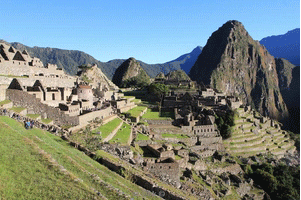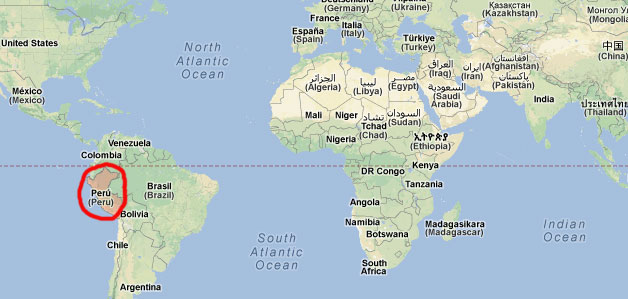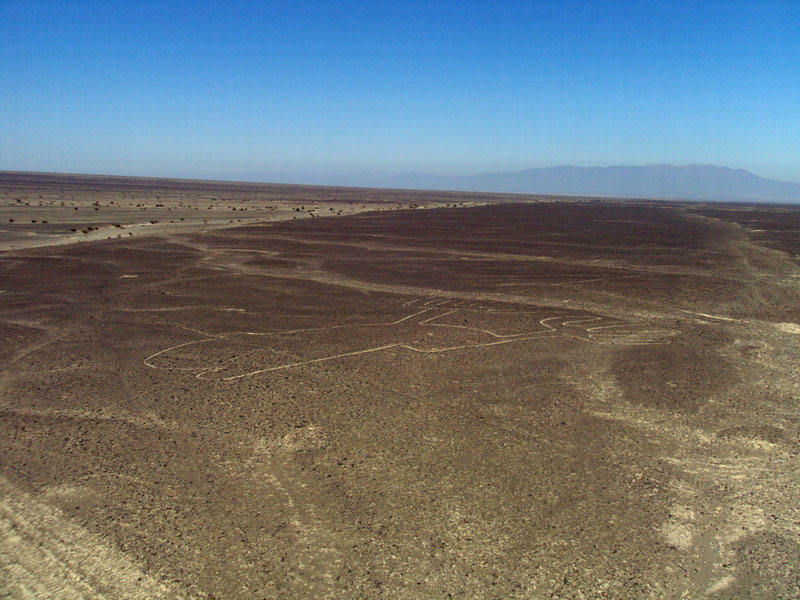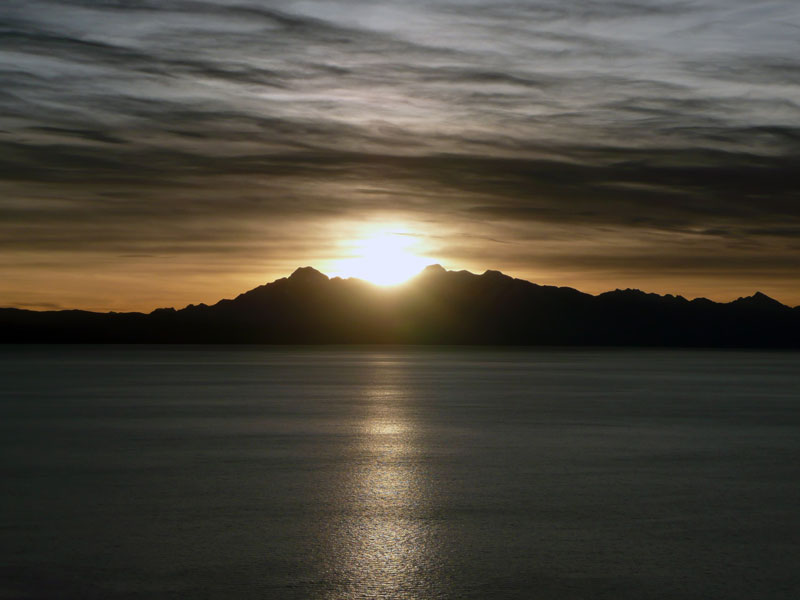www.adcdiving.be © Dirk Wuyts Add this page to your Favorites Welcome to our diving website and travel stories
Travel to Peru in South America the Inca ruin of Machu PicchuDutch - Nederlands |
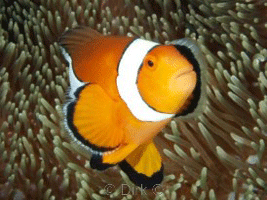 Like and share this travel story with photos of Peru in South America with your friends on Facebook |

